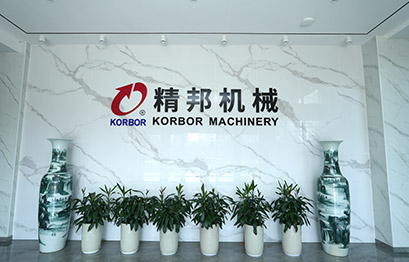Compared with traditional camshaft technology, what are the specific significant improvements in power output and fuel economy of HYUNDAI's variable valve timing technology in terms of power output and fuel economy?
Compared with traditional camshaft technology, Hyundai's variable valve timing technology in terms of power output and fuel economy has the following significant improvements:
Power output
Enhanced power at high speed: The valve opening and closing time of traditional camshaft technology is fixed. When the engine is running at high speed, the intake and exhaust time may not match the piston movement well, resulting in reduced charging efficiency and limited power output. Variable valve timing technology can delay the closing time of the intake valve at high speed, allowing more air to enter the cylinder, more complete oil and gas mixing, and more complete combustion, thereby significantly improving the power performance at high speed, making the vehicle more powerful in high-speed driving, rapid acceleration and other scenarios, such as being able to increase the speed more quickly when overtaking.
Increased torque at low speed: Under low engine speed conditions, variable valve timing technology can advance the opening time of the intake valve and appropriately shorten the opening time, making the intake smoother, allowing a more suitable oil-gas mixture ratio to form in the cylinder, improving combustion efficiency, and increasing torque output at low speeds. In this way, the vehicle will perform better when starting, climbing, and other conditions that require greater torque, starting faster and climbing easier.
Faster response speed: Variable valve timing technology can quickly adjust the opening and closing time of the valve according to the driver's operation and the real-time working conditions of the engine, making the engine more sensitive to the accelerator pedal. In contrast, traditional camshaft technology has a slower response speed due to fixed valve timing. For example, when the driver suddenly steps on the accelerator deeply, vehicles using variable valve timing technology can increase power faster and achieve more timely acceleration.
Fuel economy
Reduce pumping loss: Under partial load conditions, traditional camshaft technology may cause large pumping losses during intake and exhaust due to fixed valve timing. Variable valve timing technology can optimize the intake and exhaust process and reduce pumping losses by adjusting the valve opening and closing time, making the engine more fuel-efficient at partial load. For example, in congested urban roads, vehicles are often in a low-speed, partial-load driving state. The use of variable valve timing technology can effectively reduce fuel consumption.
Optimize the combustion process: This technology can accurately control the opening and closing of the valve according to the different working conditions of the engine, so that the oil-gas mixture is more reasonable, the combustion is closer to the ideal state, and the energy utilization rate of the fuel is improved. Under the same mileage and power requirements, less fuel can be consumed, thereby improving fuel economy. For example, when cruising at high speed, variable valve timing technology can adjust the valve timing to keep the engine in the best fuel consumption state.
Improve engine efficiency: By reasonably adjusting the valve timing at different speeds and loads, variable valve timing technology can enable the engine to maintain a higher efficiency in a wider range of working conditions, avoiding the fuel waste caused by the inefficiency of traditional camshaft technology under certain working conditions. In this way, the vehicle can use fuel more effectively under various driving conditions and achieve better fuel economy.

 English
English 中文简体
中文简体 русский
русский Español
Español
















